Study Series
オンデザイン インタビュー「正解のない時代で、共に進みつくる設計術」
#01 パートナー制で集合知を培い一歩進む
#02 プロジェクトマネジメントはチームにまかせる
#03 共感の時代は「楽しそう」で生き抜く
#04 プロジェクトは同じベクトルを向いて軸を提案
(#01 パートナー制で集合知を培い一歩進む からの続き)
Study Series
Interview with ondesign
“A design technique that advances together in an era without correct answers”
#01 Cultivating Collective Knowledge through Partnerships and Going One Step Further
#02 Leave project management to the team
#03 Survive in a time of empathy with a “joyful” look
#04 The project proposes axes facing the same vector
(Continued from #01 Cultivating Collective Knowledge through Partnerships and Going One Step Further)
拡張し続けるパートナー制
── プロジェクトはどのように進めているのでしょうか。また、その中で西田さんの役割はどのようなものでしょうか?
西田 オンデザインではパートナー制で設計業務を進めており、プロジェクトの大きさや期間によって、パートナーメンバーを構成しています。
僕がメンバーに入っていても、僕がトップダウン的に物事を進めるのではなく、基本はメンバー主導に委ねています。
例えば萬玉さんが担当していた神奈川大学(〈神奈川大学新国際学生寮・栗田谷アカデメイア〉)に、僕も並びで名前は出ていますが、毎日萬玉さんと話し合っていたわけではありません。困ったときに聞かれたら答えるくらいです。
萬玉 ものを見せて、「どうですか?」と聞けば、客観的な意見をもらえるので。
「現場がこのくらいできたら声をかけよう」などとタイミングを考えています。
私としては、西田さんはプロジェクトのターニングポイントでの対話相手という感じですね…。
西田 でも、具体的なアドバイスはしないんですよ(笑)。
「ここ、めっちゃいいね」とか「この明るさ、すごくいいね」などですから。ほわっとしています。
もちろん、どうしてそうなっているかは考えますよ。環境的な要素なのか、奥行きがレイヤ的に発生しているのか、空間体験がそう思わせているのか。
計測などもしますが、発言していることは「いいね」くらいです(笑)。
萬玉 10年くらい前にパートナー制になったころは住宅がメインだったので、だいたい担当者は西田プラス誰々という感じで、1プラス1の共同設計のような感じで始まりました。
今はいろいろなプロジェクトをやるようになり、規模的にも時間的にも長期間にわたるプロジェクトになると、関わるスタッフも増えています。
そのスタッフ同士にも、パートナー制が発生していったりしていますね。
外部の方にもパートナーになってもらったり、この10年で意味合いが拡張していったなと感じます。
An ever-expanding partnership system
── How is the project progressing? What is your role in the project?
Nishida: At ondesign, we have a partner system in place, and the number of partner members depends on the size and duration of the project.
Even when I’m a member, I don’t take a top-down approach to projects, but rather leave it up to the members to take the lead.
For example, I’m listed alongside Mangyoku at the Kanagawa University (New International Student Dormitory and Kuritano-Academia), where she was in charge of the project. Still, I don’t talk with her every day. When she asks me about it, I answer her questions.
Mangyoku: I would show him things and ask, “What do you think?” I can get an objective opinion.
I think about the project’s timing, such as, “I’ll call on him when the site is this good.”
For me, Nishida-san is like a conversation partner at the turning point of a project.
Nishida: But I don’t give specific advice (laughs).
(laughs) I’d say things like, “This place is nice,” or “This brightness is nice.” My opinions are abstract.
Of course, I do think about why things are the way they are. Is it an environmental factor, or is it layered depth, or is it the spatial experience that makes it seem?
I do some measurements and so on, but the only thing I have to say is that it’s nice (laughs).
Mangyoku: When we became a partner about ten years ago, our primary focus was on residential design, so it started as a sort of one-plus-one joint design, with Nishida and whoever was in charge.
Now we are involved in a variety of projects, and the number of staff members involved in projects that are long term in terms of time and scale has increased.
The longer the project takes, the more staff members become involved in it.
I feel that the project’s meaning has expanded over the past ten years, with outside parties becoming partners.
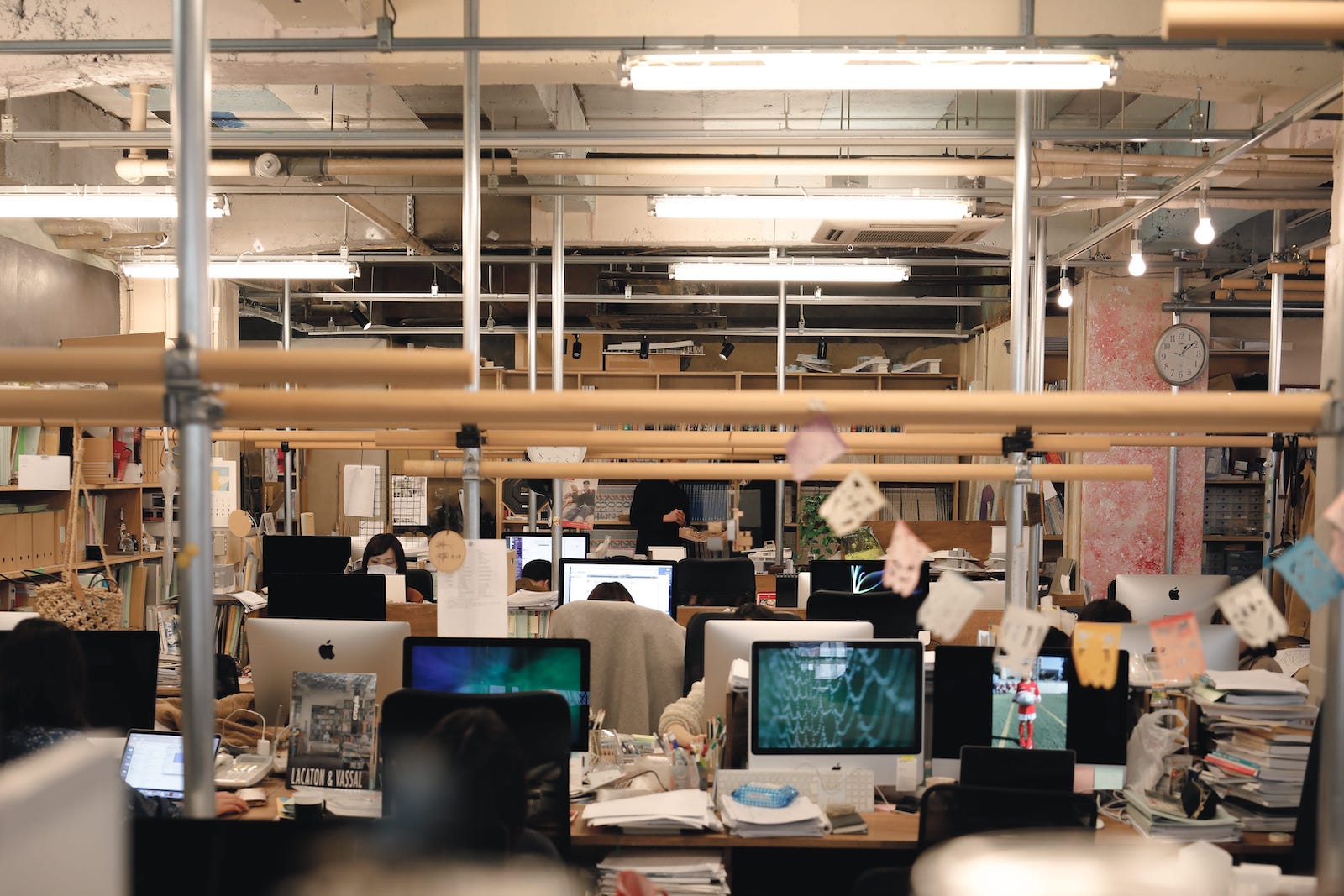
本当のピンチ以外はチームにまかせる
西田 以前はすべてのプロジェクトの担当を、僕と誰々としていたので、事務所全体を知っているのは僕だけ、という「横串感」があったんです。
でもそのことが「プロジェクトの似ている部分をつくってしまっているんじゃないか?」と感じることがあったんですよ。今は僕は担当する4人の中の1人という感じなので、自分の存在も薄まってますね。
ほかのプロジェクトとの連携も、長期間のスパンだと、その建築を建てるだけではなく「完成して、終わってからどうしようか?」という話になったりもするので、「こういう議論なら、こういう人が入ったらいいんじゃない?」と考えながらやる。なので、僕の「横串感」も今は減っています。
僕は基本的にオンデザインで進行しているプロジェクト全体の流れも、すべては把握してないんです。プロジェクトごとの「ここが絶対ピークだな」とか、「ここが本当に大事なポイントだな」っていうのも、びっくりするくらい把握してなくて。
それくらいプロジェクトマネジメントは、チームごとにまかせています。
萬玉 西田さんはスタッフの1人ひとりがどういう状況かということも、具体的に把握していません。
でも個人で複数のプロジェクトを担当していてピークが重なって、「本当にピンチ」というときは、誰かしらに相談できる環境があります。
そのときの誰かは、西田さんですけど(笑)。
The team will take care of everything but the real pinch
Nishida: In the past, every project was handled by me and someone else, so there was a sense that I was the only one who knew the entire office.
But I thought that this was causing the projects to be similar in some respects. Now I feel like I’m one of the four people in charge of the project, so my presence has faded.
Working with other projects, in the long period, it’s not just about building that architecture, it’s also about, “What do we do when it’s done?” We sometimes talk about, “If this is the kind of discussion we’re going to have, why don’t we get someone like that in there?” So my “side-by-side” feeling is lessened now.
I don’t have a complete picture of the overall flow of a project going on in an ondesign process. It’s incredible how little I know about the absolute peak of each project or the essential points.
That’s how much project management is left up to each team.
Mangyoku: Nishida-san doesn’t have a specific understanding of each staff member’s situation, either.
But when the staff in charge of multiple projects as individuals and there is a crisis, we have an environment where we can talk to someone.
That person is Mr. Nishida, though (laughs).
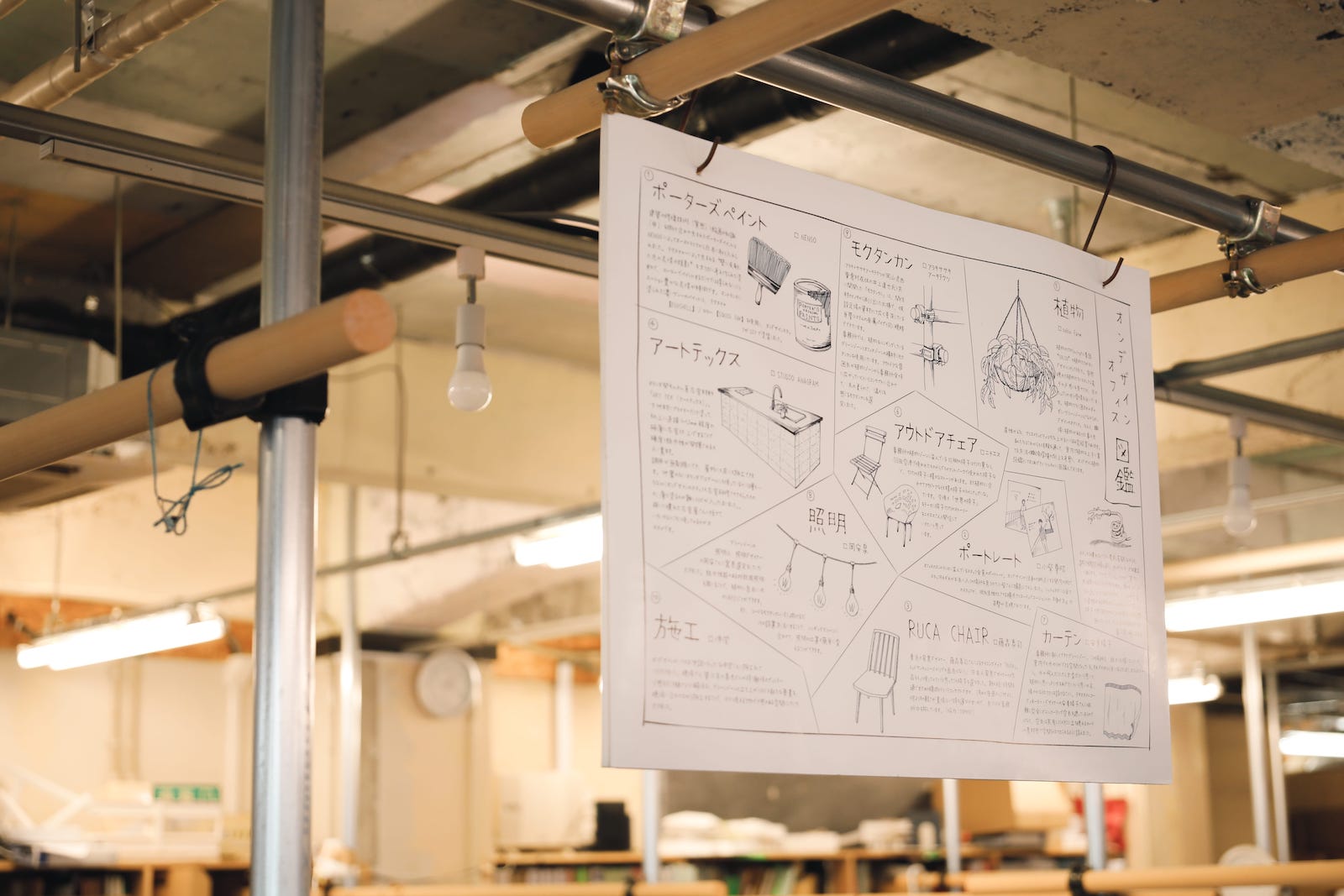
技術面ではなく興味とキャラクターで采配
── 事務所で、定例の会議はしていますか?
萬玉 事務所会議も月に1回やりますが、スタッフ全員が顔を合わせる機会という意味合いです。
事務所の今の状況を軽く共有する程度で、プロジェクト単位まで詳しくは話していません。
西田 テーマを設けて、ディスカッションのようなことはしますね。昨日の会議では「事務所をどう外に広げていくのか」「価値を1人ひとりがどのように伝えていくのか」というテーマでした。
僕が話すというより、40人を5人ずつくらいのグループに分けてディスカッションして、「自分は普段こういうのをやってますよ」とか、「その延長で仕事が取れたケースがあります」というように、話した内容をシェアするんです。
ディスカッションが30分くらい。事務所会議全体でも、1時間から1時間半くらいですね。
この会議で「すげー、こんなことやってるんだ」って知ることもあります。
萬玉 そうは言っても、西田さんはわりとスタッフ全員と関わり合っているんです。でも常にプロジェクト単位ベースで動いていると、40人全員が揃うのは月1回の事務所会議くらいだったりします。
そのフリーディスカッションのときに、今までプロジェクトで一緒に組んだことのないスタッフに対して「あ、こんなこと考えてるんだ」って、キャラクターが分かるんです。
西田さんのプロジェクト配分やスタッフの采配は、「CADが得意だから、図面描いてもらおう」といった技術的なことより「こういうことに興味があるよね」「こんなことやってきてたよね」と、スタッフごとの興味をキャラクターに引き寄せて決めています。
「プロジェクトとの相性を考えてアサインしているんだな」と、スタッフは受け取ってます。
オンデザインにいると、「この人、何に興味があるのかな」って、人への興味を持たざるを得ない感じがするんです。
学生時代に見ていたほかの設計事務所では、スタッフ同士で好きな音楽が一緒だったりすれば話も合うけど、それ以上の、業務以外の接点は別に持たなくても共存できていたと思います。
でもオンデザインの場合、スタッフ個人個人のコミュニケーションが、好き嫌いとは別次元なんです。
社会性をもった共同体のような、コミュニケーションを取らざるをえないような環境がある。設計環境として特殊で、面白いなって思います(笑)。
西田 この間も、僕が外に発信したり、僕に仕事の依頼が来たりといったのとは違う、「多様なチャンネル」というテーマで話をしようと言ったんです。
そうしたら、萬玉さんがいたグループから、「もうすでに西田さんのチャンネルじゃないと思います」という意見が出て、「おぉ、すごくいい」と思って。
「ぼく、もう西田さんじゃないところから仕事とってきてるし」って。それを言っているのが、まだ30歳くらいのスタッフですから、すごいですよね(笑)。
(#03 共感の時代は「楽しそう」で生き抜く に続く[2020.08.20 更新予定])
Deal with interests and characters rather than technical aspects
── Do you have a regular meeting in your office?
Mangyoku: We hold office meetings once a month, and they are meant to be an opportunity for all staff members to meet each other.
We only briefly share information on the office’s current status but do not discuss projects in detail.
Nishida: We do set up themes and have discussions on them, don’t we? The theme of yesterday’s meeting was “how to expand the office” and “how each of us can communicate our values.”
Rather than me speaking, we divided the 40 people into groups of five or so and had a discussion, sharing what we talked about, such as “This is what I usually do,” or “There was a case where I got a job as an extension of that,” and so on.
The discussion is about 30 minutes. The entire office meeting was about an hour to an hour and a half.
Sometimes I think, “Wow, I didn’t know we were doing this kind of thing” at these meetings.
Mangyoku: That being said, Nishida is somewhat involved with the entire staff. But when we’re always working on a project-by-project basis, all 40 people can get together at the monthly office meeting.
During the free discussion, I get to know the characters of the staff members I’ve never worked with before on a project by saying, “Oh, you’re thinking about this.”
Nishida-san’s project allocation and staff management are not so much about technical things like, “That person is good at CAD, so let’s get him/her to draw the plans,” as it is about attracting the interests of each staff member to the character, such as “I know you’re interested in this kind of thing” or “You’ve done this kind of thing before.” The staff members take it as a sign that they assign characters based on how well each person fits into the project.
When I’m at ondesign, I feel like I’m forced to take an interest in people, like, “What is this person interested in?”
When I was a student at other design firms, if the staff members had the same music they liked, they would talk to each other, but I think they could live together without having any other contact outside of work.
But at ondesign, communication between each staff member is on a different level than likes and dislikes.
We have an environment where communication is unavoidable, as a community with a social nature. It’s a unique design environment, and it’s very interesting (laughs).
Nishida: The other day, I told them that I was going to talk about the theme of ‘diverse channels,’ which is different from the ones I send out to the outside world and the ones I’m commissioned to work with.
Then one of the people in Mangyoku-san’s group said, “I don’t think it’s Nishida’s channel any more,” and I thought, “Oh, that’s good.
The person who said that to me was a staff member who was only about 30 years old, so it was amazing (laughs).
(Continued on #03 Survive in a time of empathy with a “joyful” look [2020.08.20 will be updated])
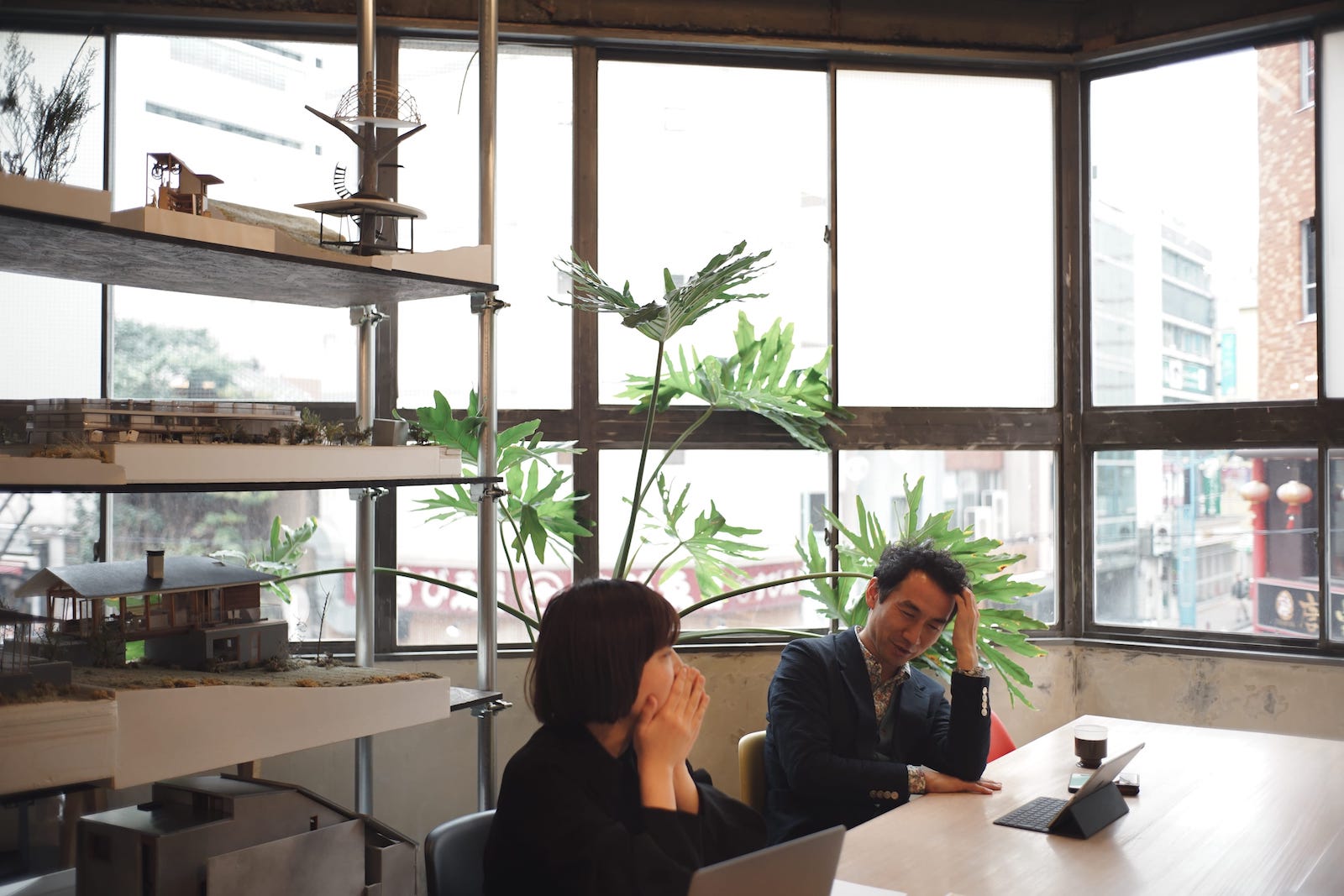
Study Series
オンデザイン「正解のない時代で、共に進みつくる設計術」
Interview with ondesign
#01 パートナー制で集合知を培い一歩進む
#02 プロジェクトマネジメントはチームにまかせる
#03 共感の時代は「楽しそう」で生き抜く
#04 プロジェクトは同じベクトルを向いて軸を提案
Study Series
Interview with ondesign
“A design technique that advances together in an era without correct answers”
#01 Cultivating Collective Knowledge through Partnerships and Going One Step Further
#02 Leave project management to the team
#03 Survive in a time of empathy with a “joyful” look
#04 The project proposes axes facing the same vector




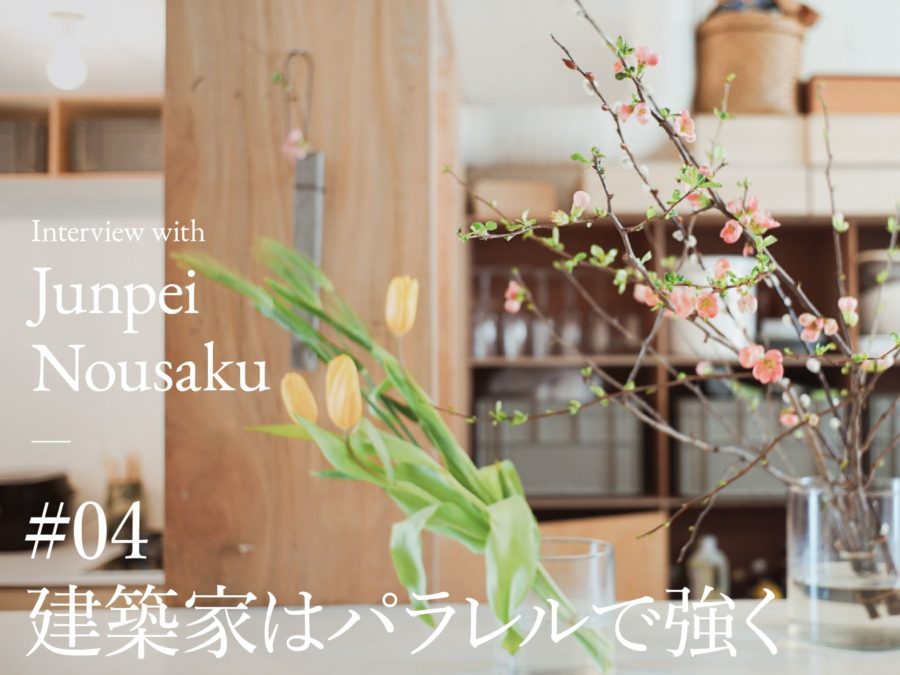
![[Interview]TECTURE AWARD なぜ「開かれたアワード」をミッションにアワードを開催するのか?](https://magazine-asset.tecture.jp/wpcms/wp-content/uploads/2024/11/16102506/top_thumbnail_20241115_001.jpg)

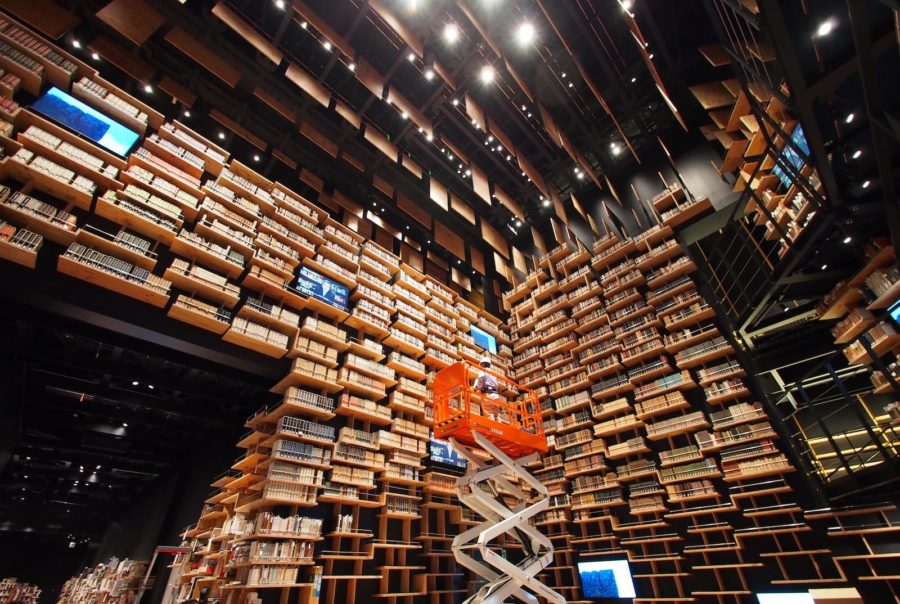
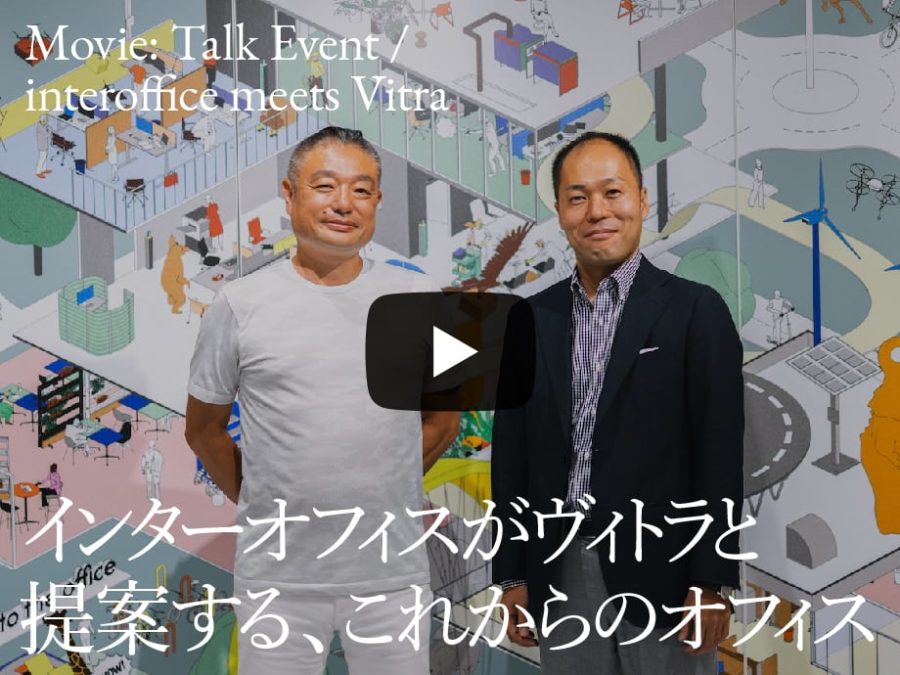
![[Report]隈研吾デザインによる公共トイレ〈森のコミチ〉が渋谷区鍋島松濤公園にオープン](https://magazine-asset.tecture.jp/wpcms/wp-content/uploads/2021/06/25161818/20210624the-tokyo-toilet_kengokuma23_7561-900x675.jpg)

